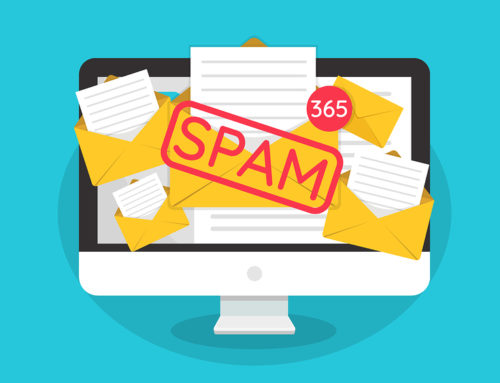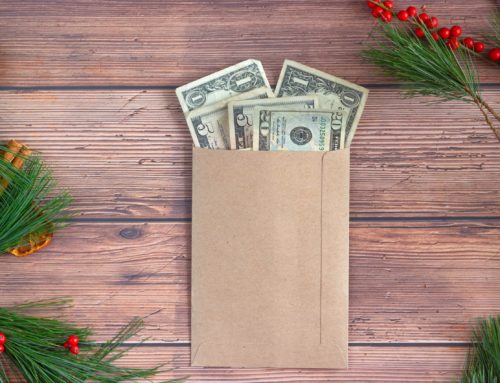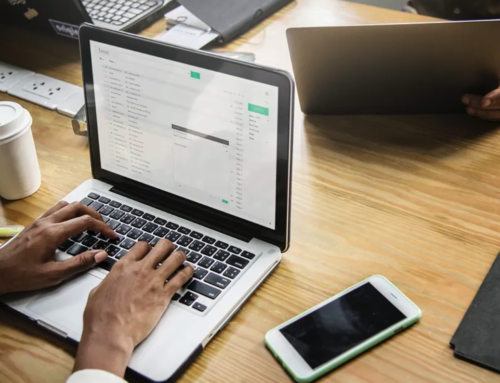
Kerri Moore
This summer, Kerri Moore gave us The Ultimate Checklist for marketing events. Today she’s back with some ideas on what to do after your event is over. ~Kristina
Guest Post by Kerri Moore of Booster
After your nonprofit has hosted a fundraising event, you’ll need to take some time to celebrate your success.
But before you pop too many bottles, it’s important that you’re prepared to communicate with your valuable attendees and donors.
After all, they’ll want to know:
- The impact of their attendance on your cause.
- That your nonprofit appreciates their contributions.
- How the event fits into the overall picture of your mission.
To meet donors’ expectations, you’ll need to do more than send generic thank you emails (even if you have high open rates).
Take a look at these top 3 communication strategies that will help you reach, retain, and engage your attendees.
1. Update on social media.

Once the event is over, you should post initial updates on your social media profiles within 24 hours.
These updates should include:
- How much you raised and how the money will be used to further your cause.
- How grateful your organization is for their attendance and donations.
- A photo that showcases a highlight of your event.
With these initial posts, you’ll immediately recognize supporters and highlight what they’ve accomplished in partnership with your organization.
Within a week after the event, you’ll want to post more content and updates that are related to your event.
Photo galleries, for example, are a great way to engage donors. Active events like walkathons offer phenomenal photo opportunities, and supporters will be eager to tag themselves and their friends.
As such, supporters can share these photos to their own networks, which can help your organization reach more prospects.
Your organization will also need to post updates when your cause has been furthered in a tangible way. For example, if you hosted an auction to raise money for new school computers, post an update as soon as those computers are ready for students.
This social media strategy works best if your nonprofit already has a developed social media presence. To get started, or to refine your strategy, familiarize yourself with these top tools.
2. Send targeted thank you’s.

Thanking donors and attendees is a necessity after your event. To successfully steward your supporters, you’ll need a personal touch.
That’s why it’s important to segment your donor list so that you can reach your donors in the most meaningful, genuine ways possible.
To do so, you can segment by:
- Attendance and participation. In peer-to-peer fundraising events, some of your attendees will be active fundraisers while others may be simple supporters or donors. It’s important that you recognize those supporters who go above and beyond to raise money for your organization.
- Gift size. Major donors may surface during your event fundraising. In this case, a personal thank you note or phone call would be more appropriate than an email.
- New donors. Since events have a wide appeal, you’re likely to draw in new donors and supporters who’ve just started to engage with your organization. You want to welcome them to your organization and educate them more deeply about your cause.
Be sure to thank any online donors who weren’t able to attend your event as well. After all, you want to show that you value all of your supporters’ contributions.
Don’t forget your volunteers and staff! Their dedication allowed your nonprofit to pull off the event in the first place.
Targeting your thank yous to the specific donors and supporters who made your event a success can help you reach your contributors on a personal level.
3. Report in your newsletter.

Fundraising events are important milestones for your entire organization. You’ll need to show everyone how the event has furthered your overall mission.
Newsletters are some of the best tools to inform:
- Your board.
- Your membership or legacy program members.
- Supporters in remote locations.
Put everyone in your nonprofit on the same page by highlighting your fundraising event in your next email newsletter (or printed newsletter, if your donors prefer that channel).
Specifically, highlight what the event accomplished and how donors who weren’t able to participate can still stay engaged.
For example, provide links to your photo galleries, or offer a discount sale of any leftover promotional items, such as t-shirts or hats.
The point is to involve your entire organization after your fundraising event, so that you can continue to gain support for future events and provide everyone with an opportunity to participate and further your cause.
Your fundraising event is a chance to engage with donors face-to-face, but you’ll still need to follow up with them to show them exactly how they’ve made an impact within the context of your mission.
With these communications strategies, you can reach your donors more effectively!
Kerri Moore is the Director of Marketing at Booster, Created by CustomInk. She and her team help create content aimed at maximizing organizers’ fundraising potential and furthering their mission to raise awareness for the cause or passion that means the most to them.






